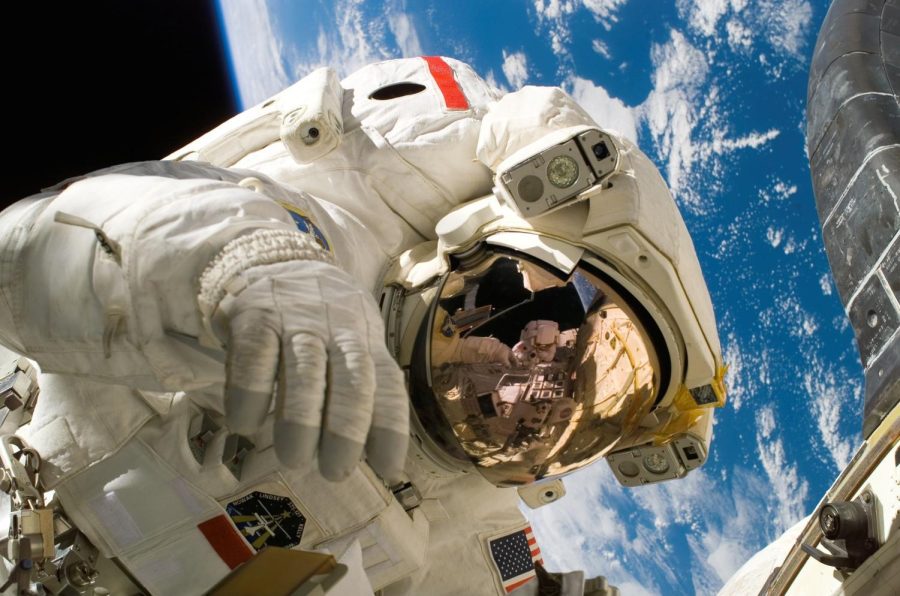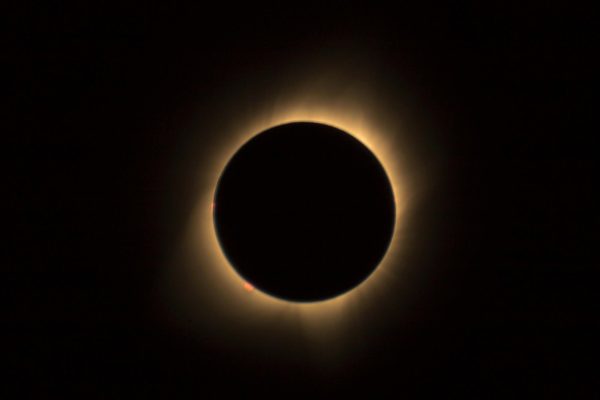Artemis Program- NASA
By no later than 2025 NASA, National Aeronautics and Space Administration, will land a crew of astronauts on the moon and further. Nasa is in the process of building an Artemis Base Camp for the astronauts. This consists of Artemis I, II, and III.
Compared to other old spacecrafts, these current ones being built have many new modifications. These new bases consist of a lunar cabin, a mobile home, and a rover in each Artemis camp. Astronauts are going to the moon for scientific discovery and to discover the past of our world. NASA believes “the moon is a stepping stone and the Moon is a place we need to learn how to live so we can continue to go beyond.” The crew selected for these missions will be the ones that filled out the recruitment drive that NASA posted on being an astronaut in 2020 which consists of 42 astronauts that are helping out as well as the original 18 selected for the Artemis Team. While NASA is far away from finishing this creation they are super excited because they have never been this close to seeing a new generation step beyond the home planet. The estimated cost of this mission is 93 billion dollars.
The first test launch will occur somewhere in October using Artemis I. Artemis II and III will be used later between 2023 and 2024. Artemis II is a flight that will go past the moon and Artemis III is the mission that will land a crew of astronauts on the moon. Artemis III will also “be the US space agency’s first crewed Moon landing mission since Apollo 17 in 1972.” The space launch system will take off from the Kennedy Space Center in Florida and then once it gets in space, the Orion module will detach and go to the Moon.
The estimated mission length is 42 days, about 64,373 kilometers. The Artemis II crew will consist of four people and the goal is to go 7,402 km beyond the moon, and then go straight back to Earth. The estimated mission time for this will take 8-10 days to collect flight data. Then, Artemis III will land exactly on the moon with two people where they will study and perform scientific research on the surface of the moon by testing water ice.






